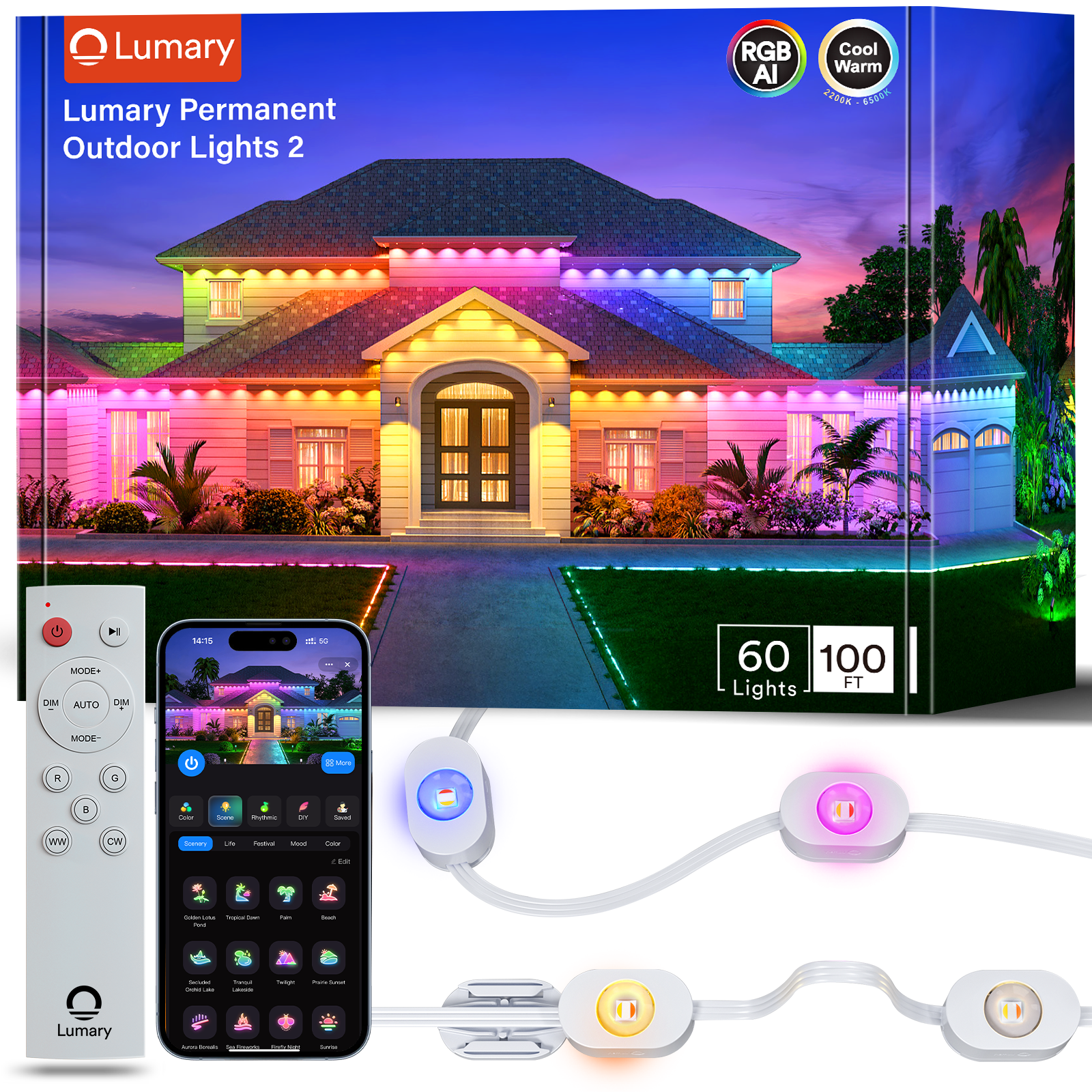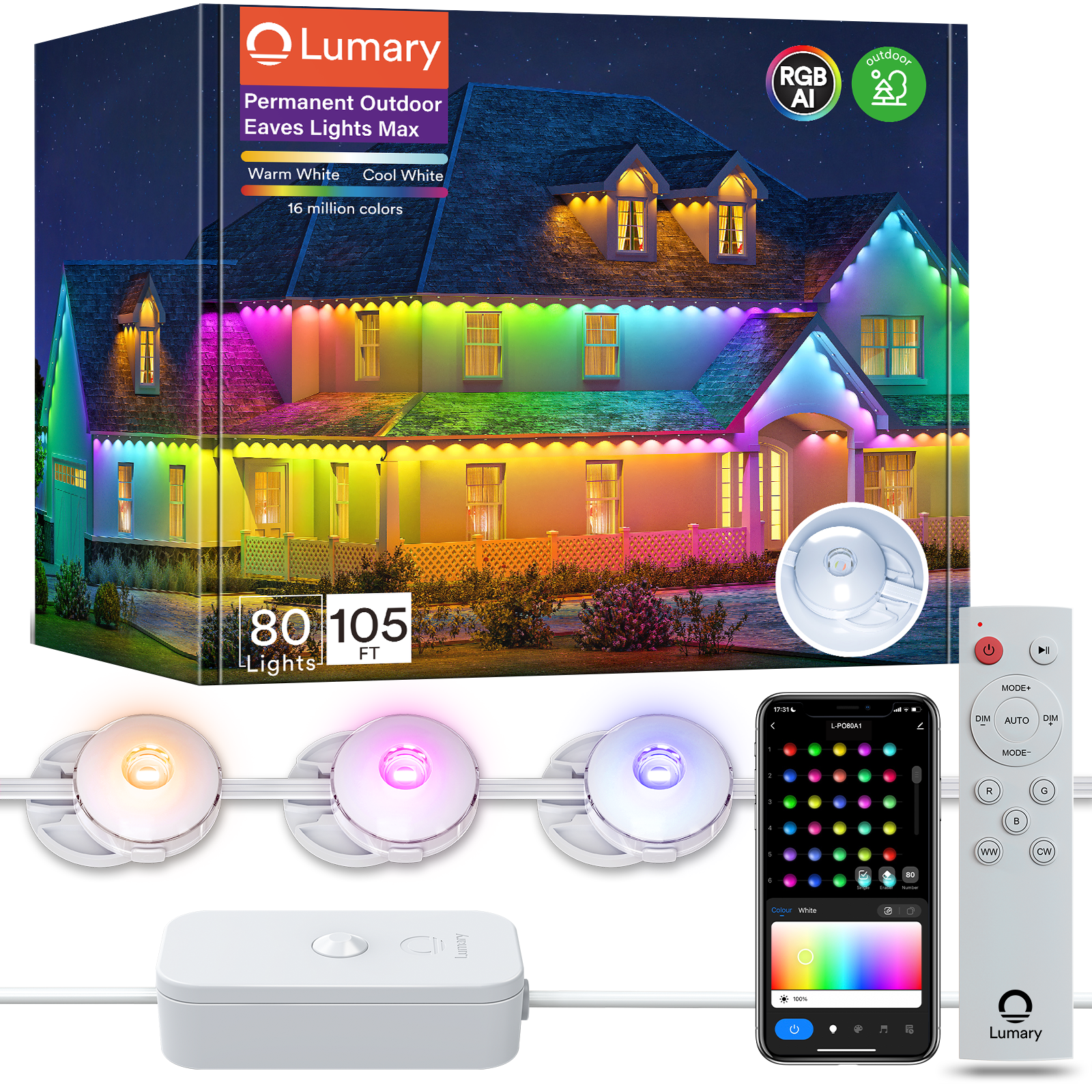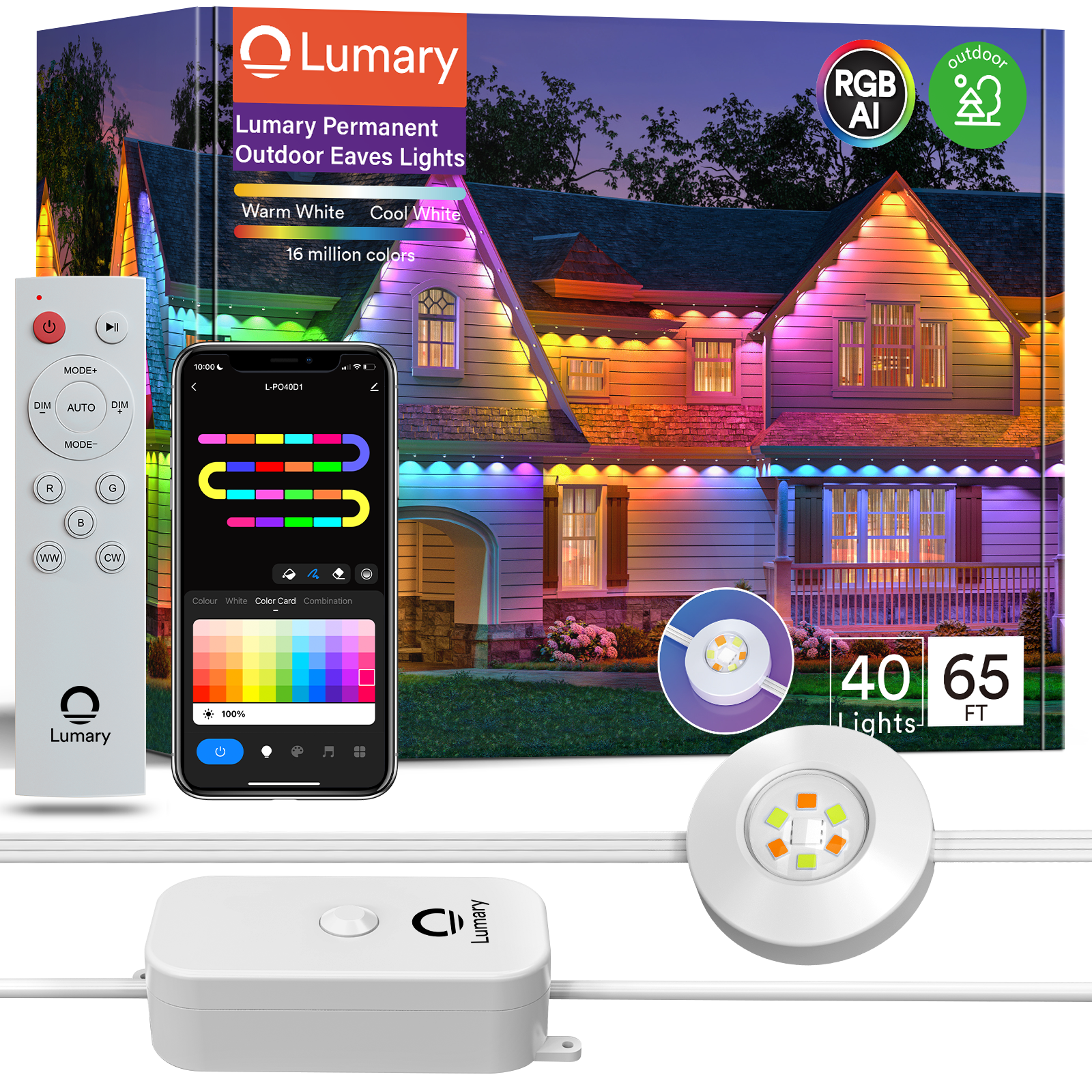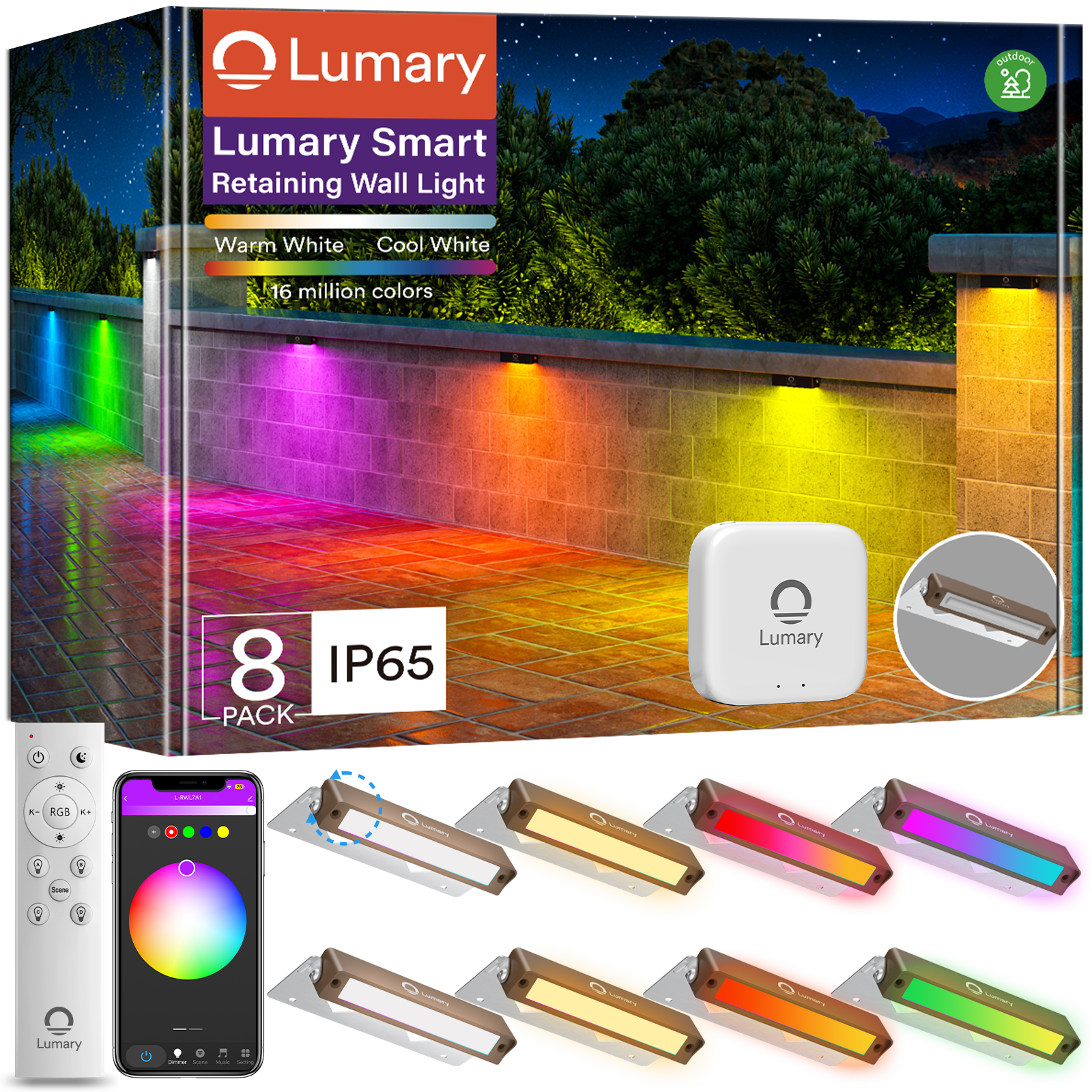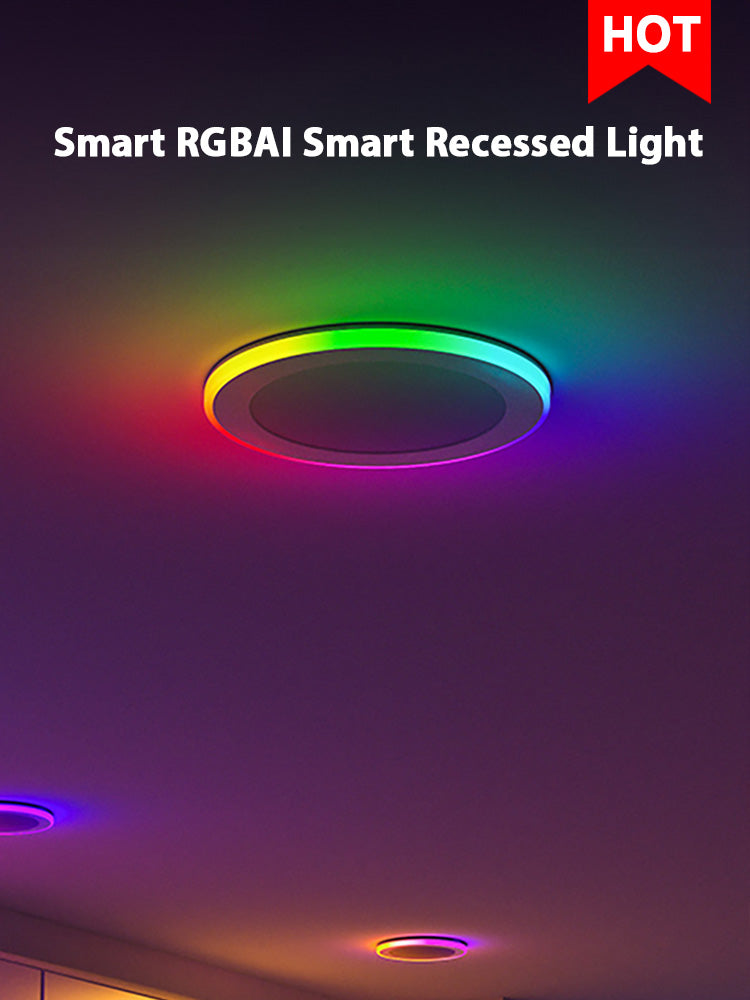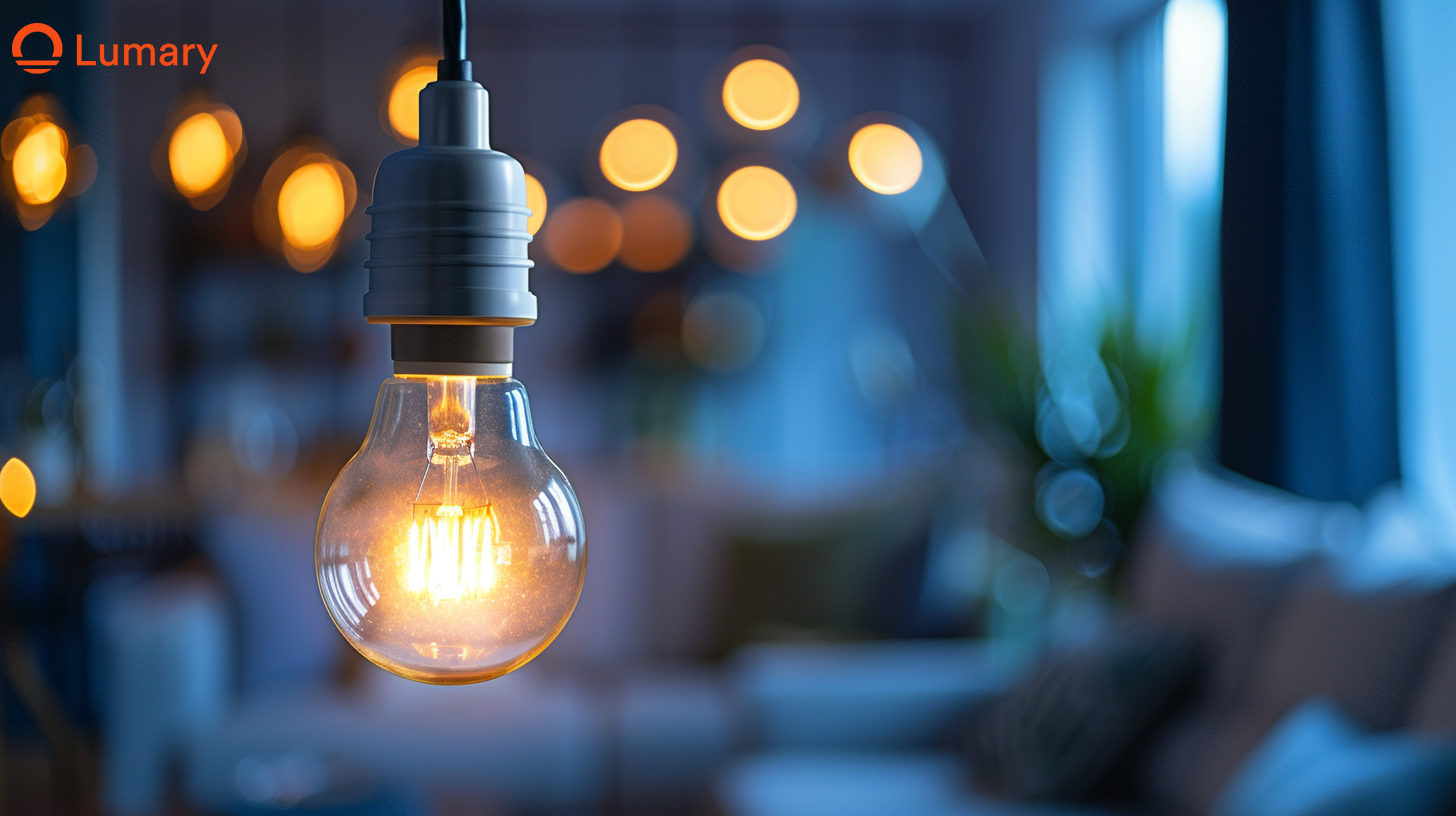When it comes to illuminating your space, selecting the perfect LED light bulb is crucial. In this blog, we delve into the significance of making an informed choice. Discover a comprehensive guide covering various aspects such as brightness, color temperature, and energy efficiency. Unveil the numerous advantages that LED light bulbs offer over traditional lighting options. Get ready to enhance your environment with optimal lighting solutions!

Understanding LED Light Bulbs
LED light bulbs, also known as light-emitting diode bulbs, are a revolutionary lighting solution that offers exceptional energy efficiency and longevity. These bulbs utilize solid-state technology, encasing the light-producing materials within a solid material. This design ensures a significantly longer lifespan compared to traditional incandescent or fluorescent bulbs.
What is an LED Light Bulb?
Basic definition and how it works
LED light bulbs function by passing an electrical current through a microchip, illuminating tiny LEDs that emit light. Unlike incandescent bulbs that rely on heating a filament to produce light, LEDs generate minimal heat during operation, making them highly efficient.
Advantages over incandescent and CFL bulbs
Compared to incandescent and compact fluorescent (CFL) bulbs, LED light bulbs offer numerous advantages. They consume significantly less energy, resulting in lower electricity bills. Additionally, LEDs have a longer lifespan, reducing the frequency of bulb replacements and maintenance tasks.
Types of LED Light Bulbs
Standard bulbs
Standard or arbitrary (A) LED bulbs are versatile options suitable for various applications in homes. From ceiling lights to lamps and kitchen fixtures, these standard bulbs provide reliable illumination while being energy-efficient.
Floodlights
Floodlights are specialized LED bulbs designed to emit a broad beam of light over large areas. They are commonly used for outdoor lighting purposes such as security lighting or illuminating gardens and driveways.
Spotlights
Spotlight LED bulbs produce a focused beam of light ideal for highlighting specific areas or objects within a space. These directional lights are perfect for accentuating artwork, architectural features, or creating ambiance in rooms.
Specialty bulbs
Specialty LED bulbs, such as krypton (K) bulbs with whimsical scallop-like designs, offer unique decorative lighting options for enhancing the aesthetic appeal of your home.
Key Factors to Consider
Brightness and Lumens
Understanding lumens vs. watts
When selecting an LED light bulb, it's essential to grasp the distinction between lumens and watts. Lumens measure the brightness of the bulb, while watts indicate its energy consumption. Unlike traditional incandescent bulbs, LEDs are much more efficient, producing 75-100 lumens per watt compared to incandescent bulbs' 15 lumens per watt.
Recommended lumens for different rooms
Consider the recommended number of lumens when choosing LED bulbs for various rooms in your home. For instance, a living room may require around 1,500 to 3,000 lumens for adequate illumination, while a bedroom could suffice with 1,000 to 2,000 lumens. Tailoring the brightness level based on room size and function ensures optimal lighting quality.
Color Temperature
Warm white vs. cool white
Distinguish between warm white and cool white color temperatures when deciding on an LED bulb. Warm white (2700-3000K) emits a cozy, yellowish light suitable for relaxing spaces like bedrooms or living rooms. In contrast, cool white (3500-4100K) offers a brighter, bluish-white light ideal for task-oriented areas such as kitchens or workspaces.
How to choose the right color temperature for your space
To select the appropriate color temperature for your environment, consider the mood and functionality of each room. Opt for warmer hues in areas meant for relaxation and cooler tones in spaces requiring focus or productivity. Experimenting with different color temperatures can help create the desired ambiance throughout your home.
Energy Efficiency
Energy Star ratings
Prioritize LED bulbs with Energy Star ratings to ensure superior efficiency and performance. These certified bulbs meet strict energy efficiency guidelines set by the Environmental Protection Agency (EPA), guaranteeing long-lasting quality and reduced electricity costs over time.
Long-term cost savings
Investing in energy-efficient LED bulbs translates into significant long-term savings on your utility bills. With lower energy consumption and extended lifespan compared to traditional incandescent options, LED technology offers both environmental benefits and economic advantages for budget-conscious consumers.
Dimmability
Compatibility with dimmer switches
-
LED bulbs are compatible with a wide range of dimmer switches, allowing you to adjust the brightness levels to suit your preferences.
-
When paired with a dimmer switch, LED bulbs offer versatility in creating different lighting atmospheres for various activities.
Benefits of dimmable LED bulbs
-
Dimmable LED bulbs provide flexibility in controlling the intensity of light in your space.
-
By adjusting the brightness levels, you can create ambiance, save energy, and extend the lifespan of the bulb.
-
The ability to dim LED bulbs not only enhances comfort but also contributes to a more sustainable and cost-effective lighting solution.
Practical Considerations
When selecting an LED light bulb, considering the bulb shape and size is crucial for ensuring proper illumination in your space.
Bulb Shape and Size
-
Common shapes like A19, BR30, or PAR38 offer different lighting distributions suitable for various fixtures.
-
Choosing the right size ensures the bulb fits securely within your fixtures without obstructing light output.
Base Type
-
Different bases such as E26 or GU10 determine how the bulb connects to the fixture.
-
Ensuring compatibility with your fixtures guarantees a stable connection and optimal performance.
Lifespan and Warranty
-
The average lifespan of LED bulbs ranges from 15,000 to 50,000 hours, providing long-lasting illumination.
-
Checking the warranty is essential to secure protection against premature failures and ensure peace of mind regarding your purchase.
-
Summarize the importance of selecting the right LED bulb based on brightness, color temperature, and energy efficiency.
-
Consider various factors like lumens, color temperature, and dimmability to ensure optimal lighting for your space.
-
Make an informed decision by choosing Energy Star certified LED bulbs for long-term cost savings and environmental benefits.
-
Share your lighting journey with us or ask any questions to illuminate your path towards the perfect LED light bulb.


